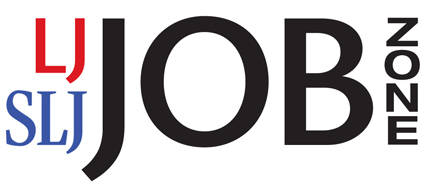Frick Art Reference Library Celebrates Its Centennial
The Frick Art Reference Library, a preeminent center for art historical research, is marking one hundred years since its opening by looking back at its remarkable history. A new publication, One Hundred Objects in the Frick Art Reference Library, commemorates the occasion through highlights drawn from the library’s extensive collections of books, rare auction catalogs, artists’ sketchbooks, photographs, and a wide range of archival holdings. The book also celebrates moments in the library’s history, from its involvement in the Monuments Men program during World War II to its development of innovative research tools.
With entries written by current and past staff members, the publication underscores the breadth of the library’s holdings, enjoyed by generations of students, scholars, and members of the public at no charge. Over the next two years, the celebration continues with One Hundred Years at the Library, a series of related videos released on the Frick’s YouTube channel) and dedicated blog posts published on frick.org/blogs.
[Clip]
The publication marks the anniversary of the library opening its doors to the public for the first time, in 1922, after its founding by Helen Clay Frick as a memorial to her father, Henry Clay Frick. The basis of its collections were data and documents she provided to him while conducting research on the artists in his collection. She drew inspiration from the Witt Library of Reproductions, established in London in the late nineteenth century by connoisseurs Mary and Sir Robert Witt, who was a trustee of both the National Gallery and Tate and chairman of the National Loan Collections Trust. Helen Frick’s library—whose founding collection, the Photoarchive, was the first of its kind in the United States—was initially housed in the basement bowling alley of the family residence. In early 1922, an art history class from Princeton University was the first group of researchers to visit the newly founded Frick Art Reference Library, and this event was chosen to mark the centennial, as it affirmed the nascent institution as a serious destination for the study of art history.
In 1935, the library opened a new permanent home, located at 10 East 71st Street. The building was designed by John Russell Pope, who at the same time was transforming the Frick residence into the museum now known as The Frick Collection. Together, these two public institutions—today joined as one— would become seminal centers dedicated to the appreciation and study of art. Over the next century, the library evolved and expanded its offerings, notably embracing innovation and new technologies to broaden scholars’ access to a vast array of art historical resources. This includes the advancements of its Photoarchive and initiatives in microfilming, digitization, web archiving, computer vision, and much more. An example discussed in the book is a newly developed software tool called ARIES (ARt Image Exploration Space), developed in collaboration with NYU’s Tandon School of Engineering and Brazil’s Universidade Federal Fluminense, which allows researchers and art historians to manipulate and organize images in a digital space in a way that promotes new findings and greatly assists in scholarly work.
Several entries in the book amplify the central role women play in the library’s history and in its collections. While scores of male agents and dealers helped Henry Clay Frick form his art collection, the library was founded and, for decades, run exclusively by women, mirroring the profession at large. The first six chief librarians—Ruth Savord, Ethelwyn Manning, Hannah Johnson Howell, Mildred Steinbach, Helen Sanger, and Patricia Barnett—were responsible for the library’s major leaps forward, each one adapting to a rapidly evolving field while maintaining the institution’s exacting standards. One of the objects in the publication is a 1923 photograph of the library’s staff, who were instrumental in its early establishment and growth and several of whom held decades-long tenures.
[Clip]
One Hundred Objects in the Frick Art Reference Library was supported by the Eugene V. and Clare E. Thaw Charitable Trust. Published by the Frick Art Reference Library in association with Uniformbooks, it is available for purchase at the Museum Shop at Frick Madison, by visiting shop.frick.org, or by emailing sales@frick.org. The softcover volume of 240 pages features color and black-and-white illustrations ($24.00; member price $19.20).
Learn More, Read the Complete Announcement
Filed under: Data Files, Digital Preservation, Libraries, News
About Gary Price
Gary Price (gprice@gmail.com) is a librarian, writer, consultant, and frequent conference speaker based in the Washington D.C. metro area. He earned his MLIS degree from Wayne State University in Detroit. Price has won several awards including the SLA Innovations in Technology Award and Alumnus of the Year from the Wayne St. University Library and Information Science Program. From 2006-2009 he was Director of Online Information Services at Ask.com.


